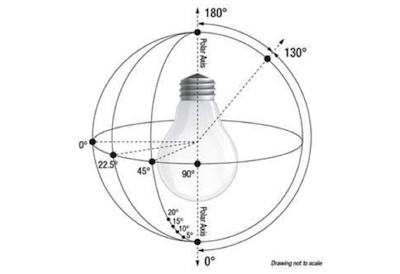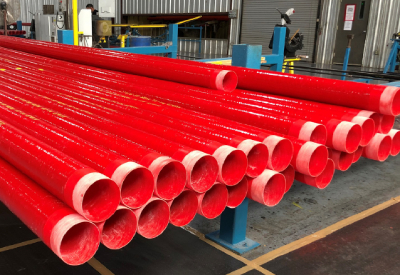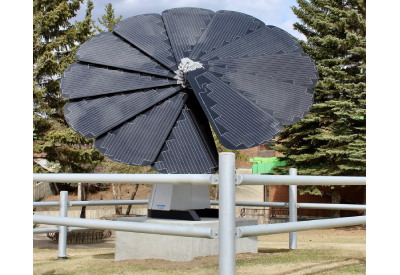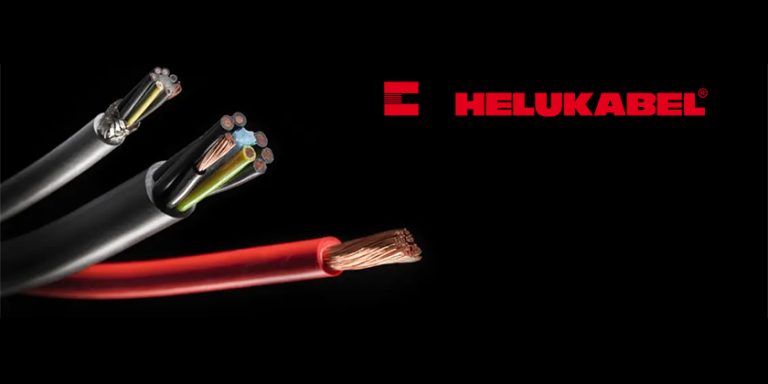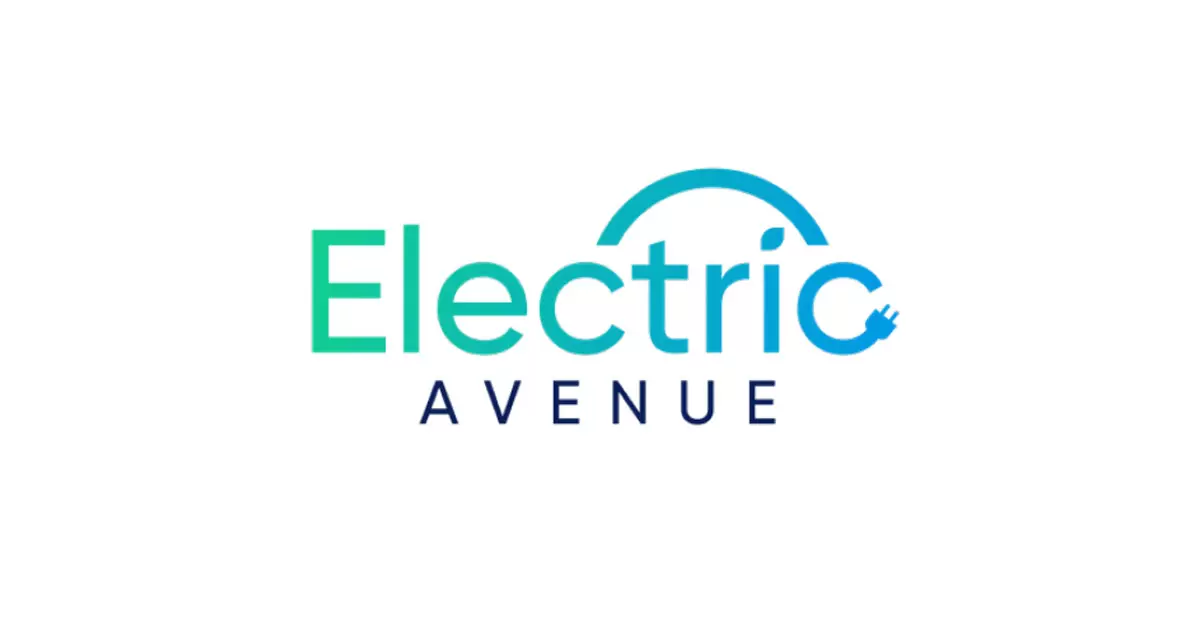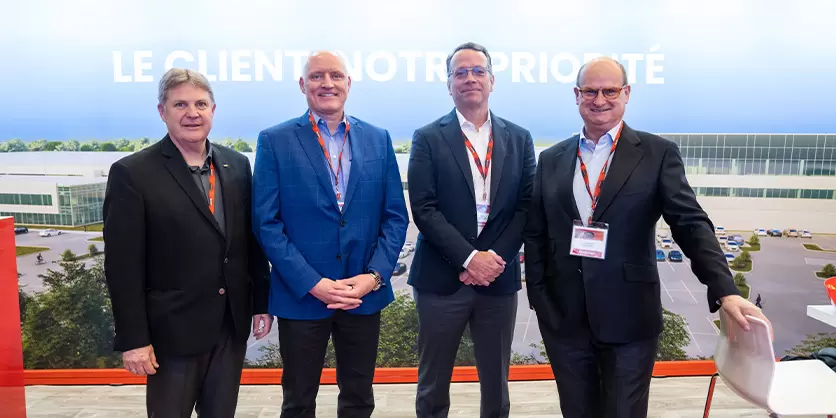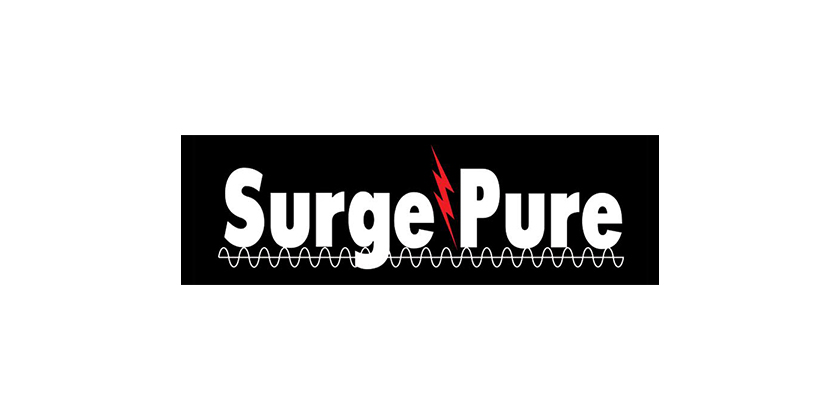ESA Technical Q&A 2022 with Keith Bartlett
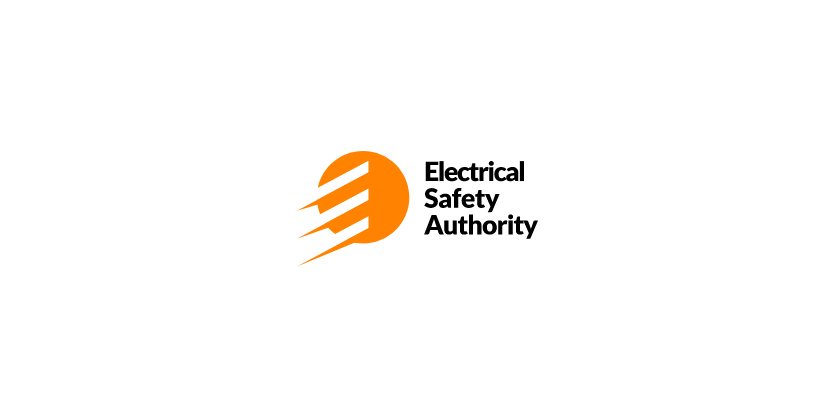
By Blake Marchand
This ESA Technical Q&A is from ESA’s Annual License Holder Meeting for 2022. The meeting was held virtually on November, 23 of last year and is available to watch on YouTube.
In the popular Technical Q&A portion, Keith Bartlett of the ESA answers questions submitted by license holders on a wide range of topics, including AFCIs/GFCIs, relay protection for overloads, inverter generators with a floating neutral, upgrading a residential service, and appliances that can be installed within enclosures.
Any thoughts of creating a code rule stating that all lighting in an unfinished basement be on a dedicated circuit?
“At this time there is no plan within ESA to create a code rule.”
“As most lighting is typically LED the load is normally quite low and a contractor or installer has to option to provide a dedicated circuit.”
Bartlett explained there is a process that anyone can participate in when it comes to the Canadian Electrical Code committee, so any LEC can submit comments surrounding code rules.
“Code changes can be submitted through the process and criteria identified in Appendix C6.”
“As a contractor, designer, installer, you always have the opportunity to exceed the minimum requirements of the code, so if you thought it was in the best interest of your client or the property you were working on, to have a dedicated circuit, that option is there,” explained Bartlett.
Is anyone going to crack down on companies like Amazon selling unapproved products?
“Unfortunately, there’s so many different paths to get unapproved products onto the market, it seems to be a daunting task. We’re gradually expanding the group to work on it, we’re also working very closely with Health Canada who looks at it from a more national perspective. Instead of the provincial perspective that ESA has the opportunity for, so we are dealing with it as quickly as we find out about them.”
“Amazon has been a great partner, normally if we tell them of unapproved products, they immediately remove it from their site.”
There are times that the products will pop up again from a different vendor with slightly different wording, so it is challenging to stay on top of all unapproved products, Bartlett noted.
Clarification on a dedicated duplex receptacle for sewage and effluent pumps being AFCI and GFCI protected.
“All branch circuits that feed 15A or 20A receptacles in a dwelling are required to be protected by a combination AFCI device. The four exceptions (kitchen counter, kitchen refrigerator, washroom vanity, and single receptable for sump pump) in 26-658 are limited.”
“GFCI protection is required for receptacles that are within 1.5m of a sink, bathtub, or shower (26-704) and is also required for outdoor receptacles within 2.5m of grade or below a flood zone (26-652) but not specifically for septic pumps unless required by manufacturer’s instructions.”
“There is no requirements for GFCI protection for sump pumps or effluent pumps in the code, unless their within 1.5 meters of a sink, bathtub, or shower, or 2.5m of grade.”
Do you have ESA handbooks?
“No, but we do publish a lot of bulletins, they’re much more modular. They’re very specific to particular applications or installations, it gives us an opportunity to be more focused on that part of an installation. They’re available through the CSA and we’re constantly updated them and modifying them as the industry continues to evolve.”
Does pool equipment require bonding when it is supplying a fiberglass pool that does not require a bond connection?
“Typically, all pool equipment that is electrical in nature is going to require a bond conductor to go to it with the branch circuit wiring. That’s a standard rule in Section 10 of the Code. However, if they’re asking about the requirements in 68-058 to deal with bonding on non-current carrying, non-electrical equipment back to the pool, we do have bulletin 68-7 that outlines some of the requirements around that, if the rule itself is not that concise.”
GFCI outlets above 2.5m, do they need to be part of the outside dedicated circuit, or can they be on a general purpose branch circuit?
“Since they are not readily accessible, they can be on a general purpose branch circuit, however would still be required to be connected to a combination AFCI branch circuit, but would be exempt from GFCI protection.”
How can I get fast information about technical issues that I will have on the jobsite?
“The best source at the time is your local area inspector,” explained Bartlett, they also have access to further resources. They can engage their senior inspector, a technical advisor, they can engage with the operations department or the licensing department.
Their contact information will be on your notification.
In a residential service, are you allowed to derate the neutral when upgrading from 100A to a 200A service?
Yes. This is outlined in ESA Bulletin 4-3 and 4-018 1).
Typically, #6 neutral if using copper or #4 for aluminum, which is based on Table 39.
Inverter generators with a floating neutral, if connected to interior wiring systems without a transfer panel, are there any requirements?
“No, a portable generator (less than 12kW) is not required to be connected to a grounding electrode if the neutral is bonded to the frame loads only and need to be fed through a certified transfer device if connected to interior wiring.”
“If your client wants to use one of these as a backup means for powering branch circuit wiring in a dwelling unit during an extended period during a power outage, than there would need to be some sort of transfer device so that we can establish ground within the wiring methods of the building.”
“If they don’t want to install a transfer device, then they’re going to have to use individual cords to power up any equipment, mounting the generator away from the building in a location that doesn’t affect the operation of the generator or endanger the people that live in dwelling.”
Is it necessary to install a breaker when installing or replacing a fire pump? Are fuses an acceptable alternative?
“This is kind of nuanced because when installing a fire pump, you would be following all of the current requirements of the code and breakers are the only acceptable means in the circuit feeding of a fire pump. However, if you’re replacing a fire pump or working on an existing installation, sometimes there’s a little bit more complexity that’s involved with that. Any work that you do will need to be compliant with the code but there may be fuses that are allowed to remain in the circuit that are ahead of the fire pump, under certain scenarios.”
“Again, its best to reach out to your local area inspector, if you’re dealing with a replacement. If it’s a new installation, breakers are really the only acceptable method, based on 32-306 1).”
Is it permissible to unitap main service conductors that are too short and extend them to the main overcurrent lugs?
“The short answer is no.”
“6-310 only incorporates joints in a meter mounting device or at the service head. There are exceptions for voltage drop and termination temperature adjustments (4-006), however.”
This relates to a change made in the latest edition of the code, which came into effect in May of 2022.
OESC 26-720 h) ii), what are examples of appliances that are suitable for installation within an enclosure?
“This is the requirement that limits the installation of outlets within cabinets or cupboards or similar enclosures in a residential dwelling.”
“Some examples of appliances that are approved to be installed in a cupboard cabinet or similar enclosure are garburators, some water coolers/filters, dishwasher or a sound system.”
The outlet installed has limited usage for functions other than approved appliances that have been designed for that environment. Dishwashers require AFCI protection.
What can we do to encourage the youth to take electrical courses in high school or later?
Bartlett recomended making community job postings for pre apprentice positions, as well as exhibiting at job fairs for local schools or community centres are two options for LECs.
What is being done to address the issue with code rule 28-306 with regards to relay protection?
28-306 does not define the types of overload devices that are being utilized, “you can use relay protection for overloads, there’s a lot of different products on the market,” explained Bartlett, “the appendix B note clarifies that the overload manufacturer shall be consulted to ensure that the proper protection is provided for the installed motor.”
“You’re not really limited on the type of overload protection you install, but we want to make sure that you select the proper overloads for the installation, so that it’s sized effectively and set to protect that motor in the installation.”
What is your plan of attack when an EV charging station meets the electrical code but not the building code?
“We are limited at ESA to applying the electrical code, that does have a lot of the specific rules around electric vehicles, however not all the rules are embedded in there. When we see something that isn’t compliant we might talk to the homeowner or the installer to let them know there are other concerns, but we normally will only issue concerns that are related to the Ontario Electrical Safety Code in the form of a defect. Other AHJs, such as the building department, the fire department, municipal by-laws may get involved and reach out to the site or the owner and let them know they need to address other concerns.”
When changing a range hood fan into a microwave/hood fan combo, why do we have to comply with rule 26-654 d)? (Dedicated circuit)
Basically, this rule says that a microwave must be on a dedicated circuit.
“The answer to this is really identified in our bulletin 26-29, which identifies whatever work an LEC does must be to the current code. So, if what was existing there meets today’s current code, as well, than you can reuse that wiring system, branch circuit feeder, whatever it is, to continue to perform for that installation.”
“However, if the site project installation are requiring modifications and that branch circuit or feeder doesn’t meet today’s requirements than it might need to be updated for a code compliant installation.”
“Microwaves have evolved over the years,” noted Bartlett, adding that they use a lot of energy, “so we don’t want to overload a branch circuit as outlined in 8-104 and the wiring system.”
With the demand microwaves require, Bartlett explained, “its almost unilateral that they will need to be on a dedicated branch circuit to operate effectively and not undermine the performance of that branch circuit or create nuisance tripping or other unwanted scenarios.”
When do I determine if a special inspection is required for a custom field installed process?
“There’s no quick answer for this, it depends on a lot of nuances. A general rule of thumb is if you’re doing all of the wiring on site, nothing is being built off-site, let’s say at a different property or in your shop and transported to the site, if you’re assembling all the components and they’re all approved electrical components, then they can normally be involved within the wiring notification on-site.”
Sometimes the nuances will be better suited for a field evaluation because the OESC (Ontario Electrical Safety Code) is more directed towards the wiring methods of approved electrical equipment rather than the subtleties that you’ll find within approved electrical equipment.
“You might have components, marked devices, you might have systems interact with one another in a manner the OESC can’t really address, that’s where field evaluations can be more dynamic. They have access to multiple standards in installations. If it’s something really simple, like an approved relay that you’re going to install in an enclosure, sometimes those can be done through a wiring notification, because they’re fairly straight forward.”
When rewiring part of a circuit that feeds lights and plugs due to fault, does that circuit now have to be protected by a combination AFCI?
“As a rule, typically no. Again this is outlined in our bulletin 26-29 that I’ve referenced previously, but this is making the assumption that you’re just repairing an existing branch circuit. So, you’re not going to be adding any loads or additional equipment to that branch circuit, you’re just fixing part of it, whether you’re replacing a piece of conductor or cable or some other component, you’re not adding loads. However, if part of your work is to add another outlet you might need to add AFCI protection.”
The 26-29 bulletin has a number of examples of this scenario.
When will electric staplers for NMD (nonmetallic dry cable) be passed for use in Canada?
This is at the discretion of the manufacturer, DeWalt and Milwaukee have staplers that have been approved for use in Canada now. You should review the packaging to see if it identifies NMD 90 to confirm.
Why can’t we use table D11A for sizing 400A 4 wire underground service? We should be able to use 500 MCM Copper.
“Table D11A is only suitable for the underground portion of the installation. So, if you think about the installation, obviously there’s going to be a beginning, a middle, and an end. We have to consider all parts of the installation as a whole. We might look at them individually because different rules apply to each part, however, once you look at it all, assuming the same cable is being used from the beginning to the end, we’ll take the lowest value of it throughout the installation and make sure that it’s capable of handling the demands of the design.”
“D11A Identifies an ampacity of 489A for 3 current carrying conductors in a raceway.”
“4-006 6) and bulletin 4-12 clarify that at the termination the values shall be obtained from tables 1-4. Based on 3 current carrying conductors in a raceway, table 2 would be the appropriate reference.”
For 4-006 temperature limitations, see Appendix B.
6) where the conductor ampacity is selected from Tables D8A to D11B, Tables D17A to D17N, or Table 12E, Subrules 1) and 2) shall apply.
“Subrules 1) and 2) shall apply only to the first 1.2m of conductor length measured from the point of termination on the equipment.”
“If a load calculation for the project was below 380A, 14-104 does extend to 380A conductors protected by a 400A overcurrent device.”
The reference there is Table 13.
“Under certain criteria you could use 500 MCM for a 400A three phase, four wire service that’s run underground. It could be a code compliant installation, but you would need to have a load calculation to do that.”
Why are homeowners allowed to upgrade a residential service under their own notification?
“A homeowner can work on their own property if they have the ability and desire but are required to have inspections to ensure that they are compliant with the OESC. This is from the Licensing regulation 570/05.”
Why are there not tamper resistant guards applied to power parts or outlet adders sold on the market?
“They can be used in a variety of installations, so not all power bars or outlet adders will be in residential, childcare facilities, hotels, places like that. But there are ones that are available, if you have customers that are looking at putting in power bars or outlet adders in homes or child care areas or schools, they should be putting them in with the tamper resistance.”
Is a bulletin the same as a regular code? In another word, if my job complies with a bulletin, can I ignore the code?
“A bulletin is intended to enhance and clarify the code as often multiple rules apply to an installation and the bulletin will attempt to incorporate them all within the application discussed.”
“We have our general rules of the code and then we have our mandatory rules of the code. So, you have to consider all the different aspects,” explained Bartlett, “we can’t just look at one rule and not take into consideration other rules that apply to the installation. That’s what we try to embed within our bulletins, is try to bring all those discussion points into it, reference them into the rule to make it more palatable for our installers and make it understandable.”
“In some topics, the bulletin will identify alternative means to meet compliance which are referred to as published deviations. If the installation is within the scope of a bulletin that offers an easement, it is within the installer’s design to implement those or follow the code.”
“We’re not really saying you don’t have to meet the code, it’s just providing another option.”
You can find our article on the 2021 ESA Technical Q&A HERE.



